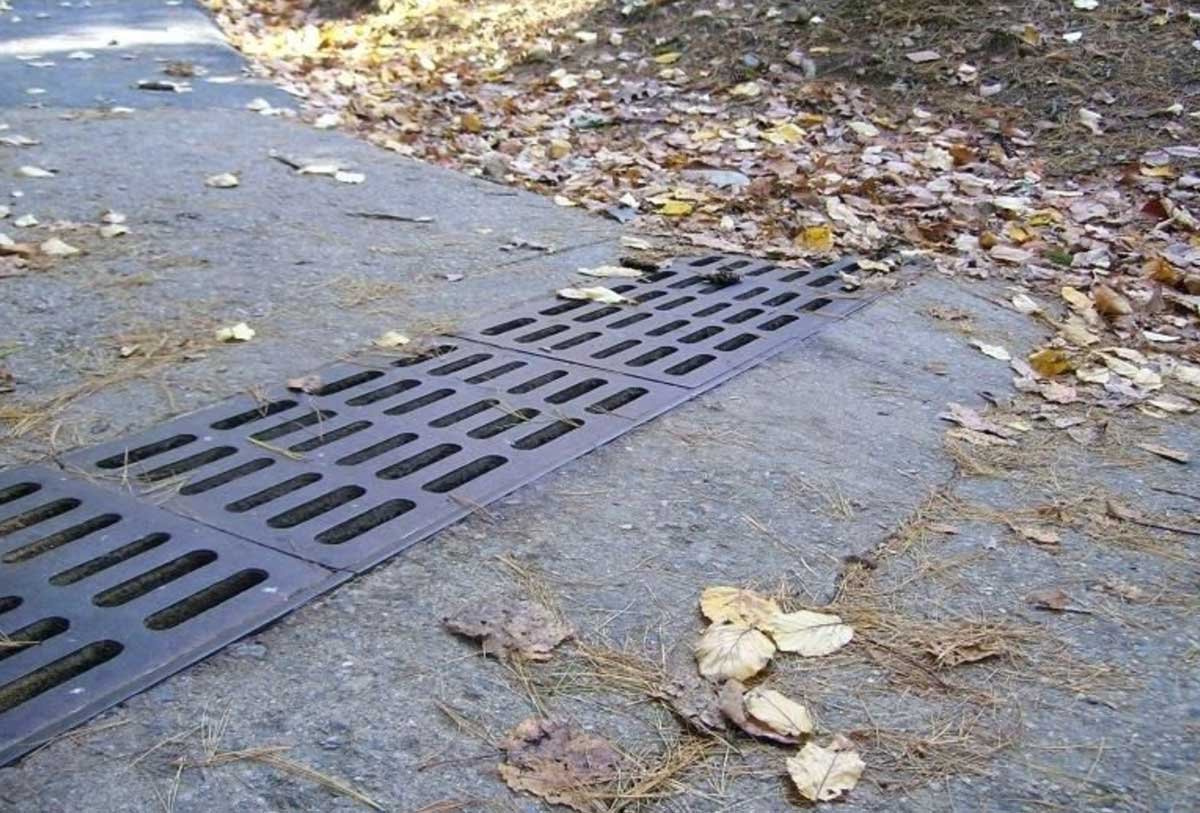These drains used to be as simple as a divot in a downslope in earlier structures. A slight seam in the ground of cobblestone streets can be used to channel water. These ancient water management techniques are often functional and part of a classic architectural style.
They do, however, pose a tripping hazard and can sometimes become clogged with garbage, particularly in the autumn. Modern trench systems have grated on top of the trench to prevent heavy items from flowing into the drain and to provide a secure walking ground.
Driveway Trench Drain from E Industrial Engineering also gives you the option of selecting aesthetic pieces to complement the hardscape around your home.
Are you aware of what spring entails? Snowmelt and heavy rain are common. Do you want to get rid of that drainage issue next to your driveway once and for all? A trench drain could be exactly what you need.
Trench drains are similar to roof drains. A trench drain gathers water flowing over a driveway, patio, or walkway and is commonly found at the border of such surfaces. It then transfers the water to another spot, much as a roof gutter downspout.

Step One:- Choose the right trench drain for your needs. If vehicles or trucks are likely to drive onto the drain, it must be robust enough to hold the vehicle’s weight. If a trench drain is rated for mild vehicle traffic, the developer will inform you.
Step Two:- If there will be an amount of rain in your trench drain, please ensure it has a 4-inch drain pipe coming out of it. Water flow can be restricted via smaller exits.
Step Three:- The trench drain must be placed such that when water runs off the pavement, it flows into the drain. This generally necessitates the drain’s top being somewhat lower than the pavement’s ground, allowing gravity to assist in directing water down the drain.
Step Four:- On compressed gravel, some trench drains can be installed. Poured cement underdrains that get automobile traffic are frequently required to hold the weight and prevent the drain from cracking.
Step Five:- To loosen the soil, use a duckbill shovel, a round point shovel, or a long-handled cultivator tool when digging the trench drain hole.
Step Six:- To accommodate a large amount of water flow, you may need to install separate trench drains. Although the outlet tubes may all lead to the same site, per pipe must manage just one trench drain’s flow.
Step Seven:- You may be required by some regions or municipalities to link this stormwater to a public stormwater system. Check the rules in your area. If at all possible, keep the water on your land for as long as feasible. Consider building a system to collect this water for irrigation or establishing a leach field to allow the water to sink into the soil.
Step Eight:- Erosion can occur as water exits the outlet pipes. Larger rocks may be required to absorb the energy of the water flow. Do not dispose of this water in an area where it will not drain regularly.
Conclusion:- Trench drains are not a new invention. They’ve been utilized to manage overland water flow for thousands of decades. A simple trench drain consists of a low trench lined with rock to prevent erosion. This low-key landscape element can be all you require.

